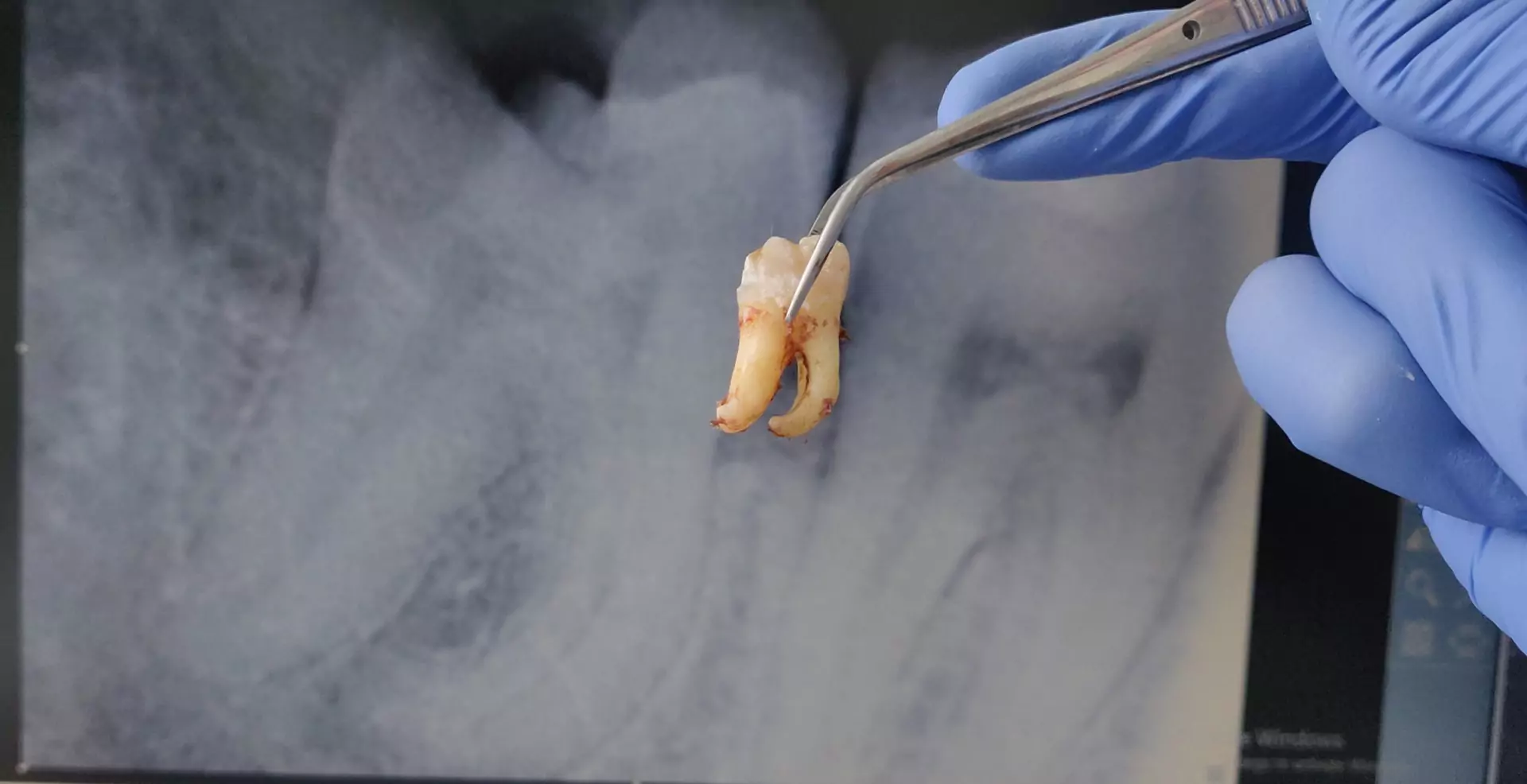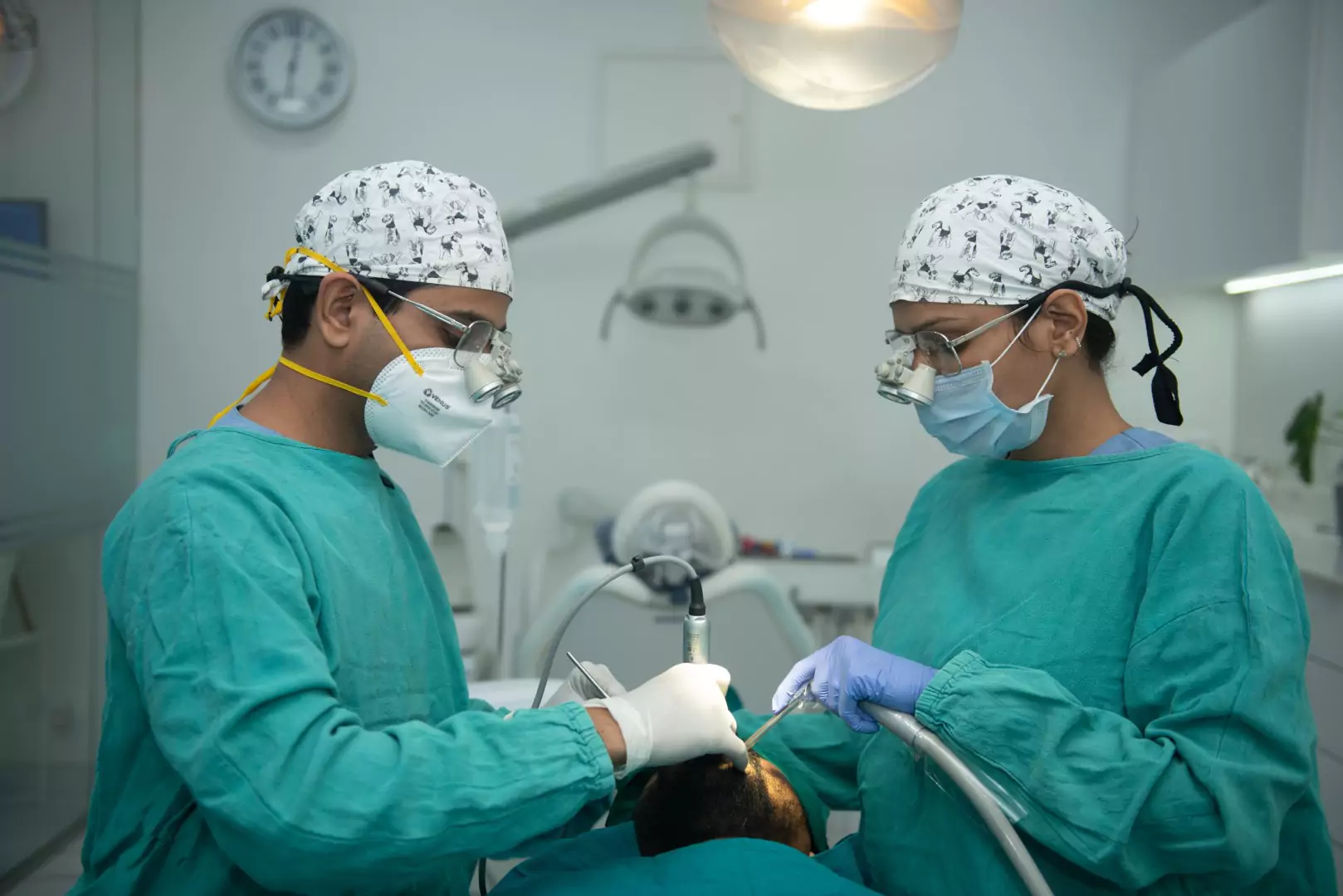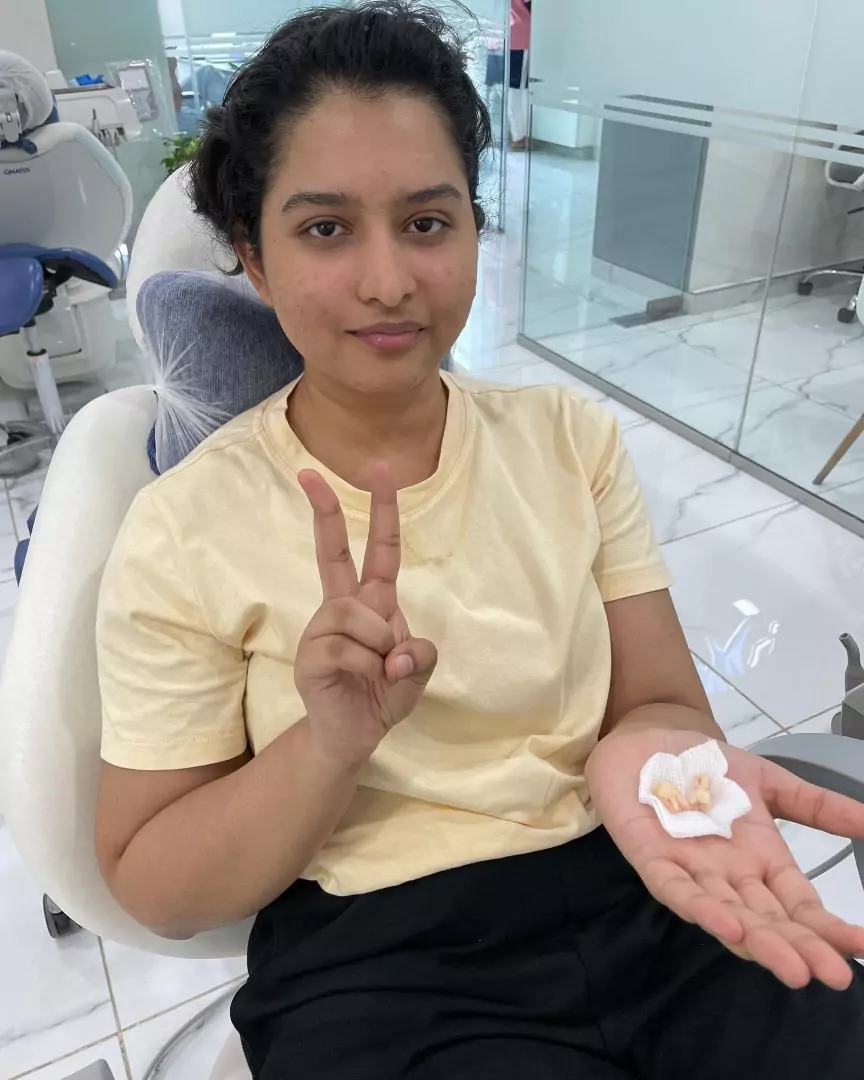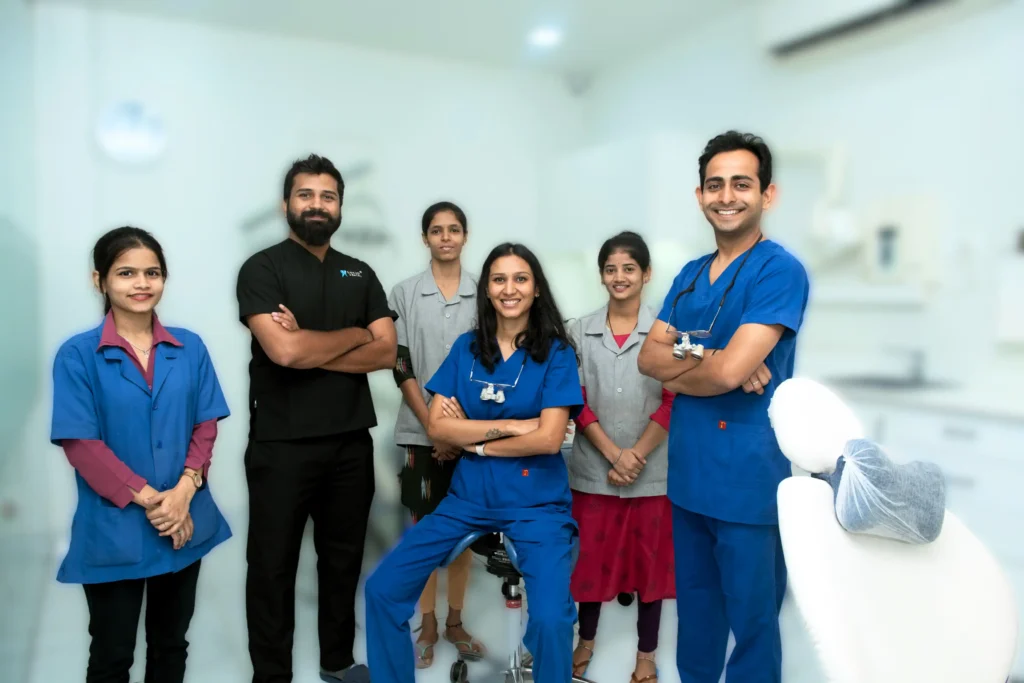
Smaller-sized jaws, a sign of evolutionary change, typically do not provide enough space for the eruption of wisdom teeth, similar to other teeth in our jaws. This can lead to three scenarios:
Very few of us are lucky enough to belong to Situation 1, and the majority of us end up in either Situation 2 or Situation 3.
When teeth are partially erupted in Situation 2, they may create a gap between themselves and the second molar ahead of them. This gap can be difficult to clean while brushing and can become an area where food lodges, potentially resulting in tooth decay not only in the wisdom tooth but also in the second molar. Unlike the wisdom tooth, the second molar is useful to us. If this situation goes unnoticed or untreated, the second molar may also decay and require a filling, root canal treatment, or even extraction in severe cases. Additionally, there may be an area between the wisdom tooth and the posterior skin where food can lodge, leading to localized swelling or pus formation.
In Situation 3, when wisdom teeth fully erupt and compress the cheeks and surrounding skin, we may experience difficulty opening our jaws or accidentally biting our cheeks when closing our mouths, which can result in painful ulcers.
In addition, keeping our wisdom teeth clean through brushing and flossing, which is typically used for our other teeth, can be a challenging task. This increases the likelihood of developing decay and infection in the area surrounding the wisdom teeth.
From a treatment perspective, Situation 1 is the most favourable, as it typically requires no treatment apart from regular cleaning.
For situations 2 and 3, treatment should be based on the presenting symptoms:
Wisdom teeth which cannot erupt completely either due to lack of space or due to the wrong orientation of the tooth may cause some problems
To plan a wisdom tooth extraction, a comprehensive check-up is conducted followed by an IOPA radiograph. Before proceeding with any extraction, we will obtain a comprehensive medical history from you, including checking for allergies, pre-existing medical conditions such as high blood pressure or diabetes, and any heart-related ailments. We will also take into account any medications you may be taking. Once we have ensured that all these factors are suitable, we will proceed to plan the procedure.
Depending on the angulation and degree of eruption of the wisdom tooth, extraction can either be a non-surgical or surgical procedure.





Call Us
Mail Us

Please feel free to contact us if you have any questions about our services or to schedule an appointment.
